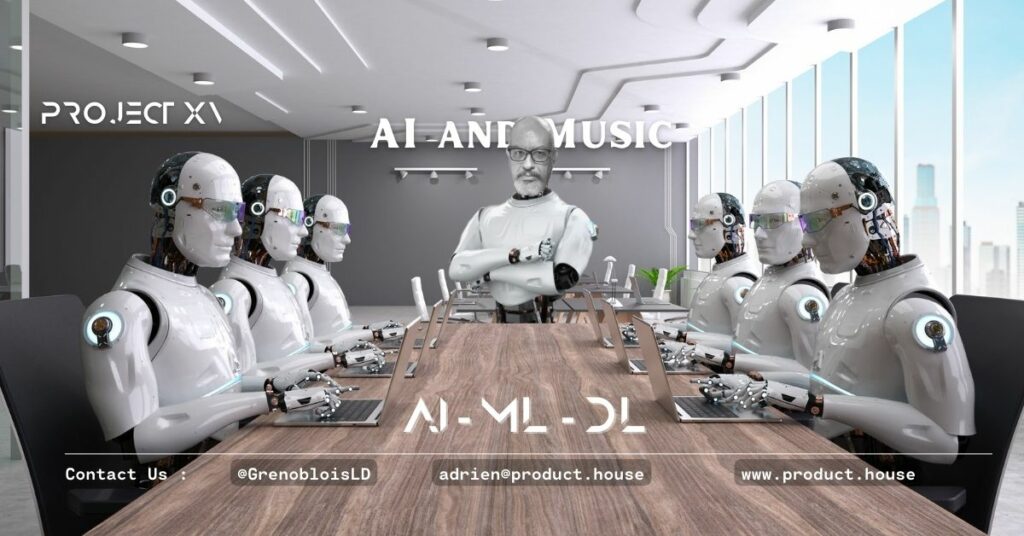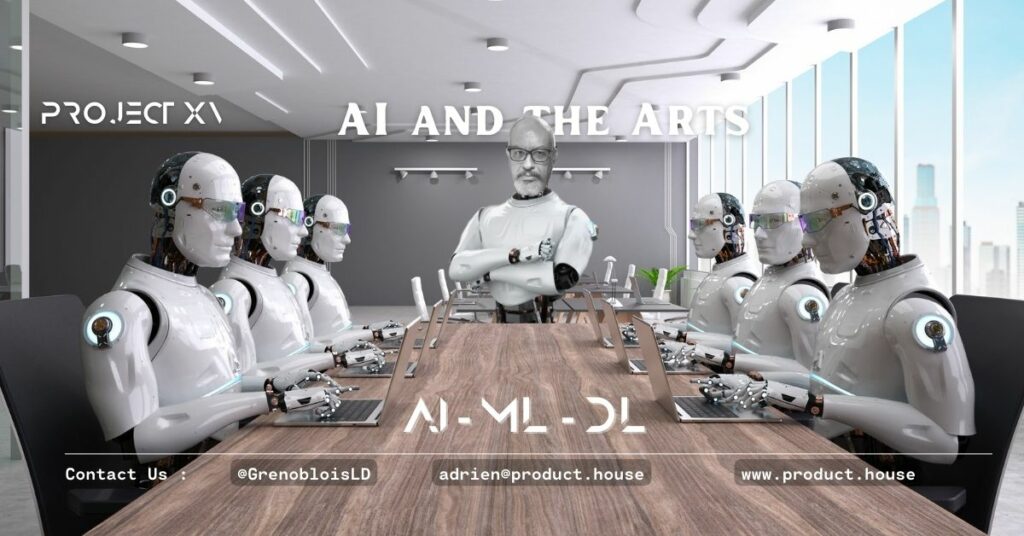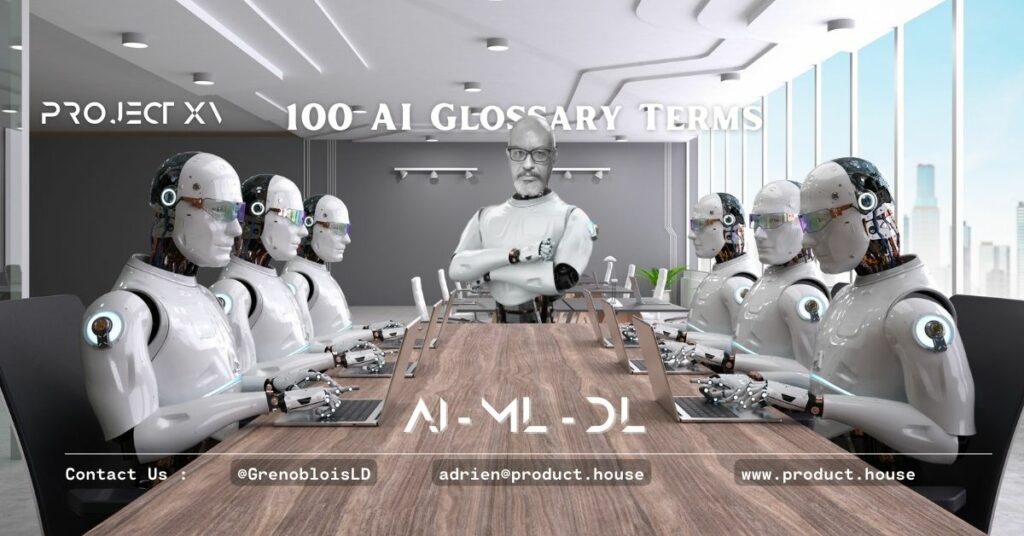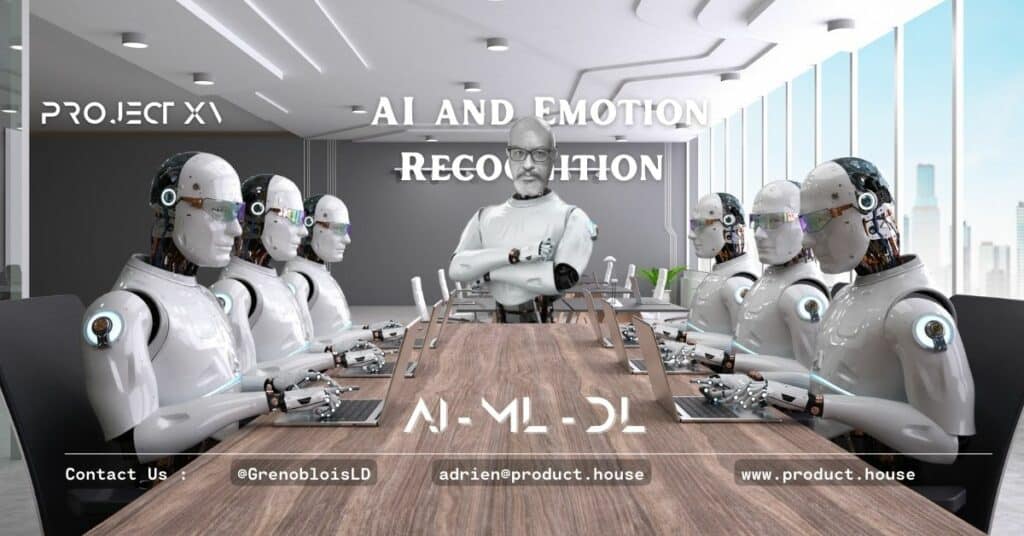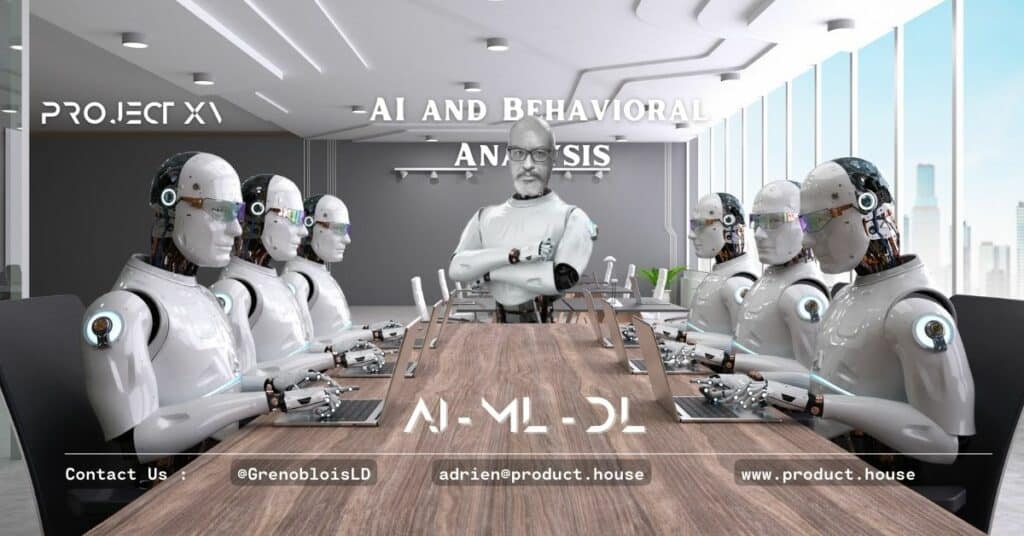AI and Visual Arts: Using Machine Learning to Create Art
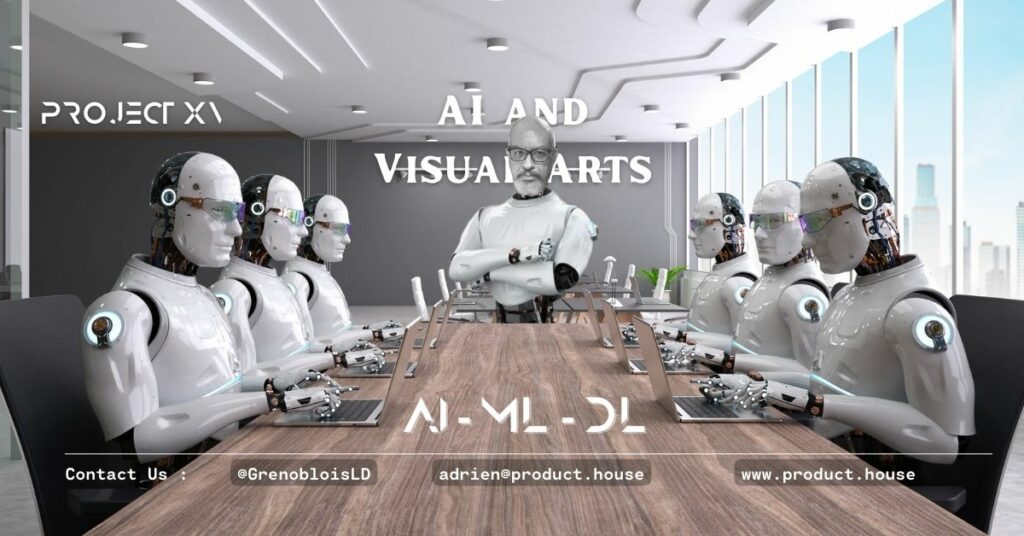
Art is a form of expression that has captivated humans for centuries. Whether it’s paintings, sculptures, or architecture, art is a way to communicate our thoughts, feelings, and ideas. However, the creation of art has always been limited to the creativity of humans. With the advent of artificial intelligence (AI), we are now witnessing the emergence of a new kind of art that is being created with the help of machines. In this article, we will explore the use of machine learning to create art and how it is revolutionizing the world of visual arts.
What is Machine Learning?
Machine learning is a subset of artificial intelligence that involves the use of algorithms to enable machines to learn from data, without being explicitly programmed. In simpler terms, it is a way of training machines to recognize patterns and make predictions based on data. The concept of machine learning has been around for a long time, but it is only recently that it has gained widespread acceptance due to the availability of massive amounts of data, powerful computers, and improved algorithms.
The Role of Machine Learning in Creating Art
The use of machine learning in creating art is a relatively new concept, but it has already shown tremendous potential. Machine learning algorithms can analyze vast amounts of data and identify patterns that are not immediately apparent to the human eye. This ability to recognize patterns and make predictions based on data is what makes machine learning so useful in creating art.
One of the most popular applications of machine learning in art is the creation of generative art. Generative art refers to art that is created through a process that involves the use of algorithms and random variables. The algorithms are programmed to generate unique patterns and designs that can be used to create a variety of art forms, including paintings, sculptures, and even music.
Another way that machine learning is being used in creating art is through the use of image recognition algorithms. These algorithms are trained on a dataset of images and can identify features and patterns in the images. By analyzing the features and patterns, these algorithms can create new images that are similar in style to the original images.
The Impact of Machine Learning on Visual Arts
The impact of machine learning on the visual arts is significant. It has opened up new possibilities for artists and allowed them to explore new forms of expression. Machine learning algorithms can create art that is more intricate, precise, and detailed than what humans can create. It has also made it possible for non-artists to create art without having to develop the necessary skills and techniques.
Machine learning has also made it possible to create art that is tailored to specific audiences. By analyzing data on the preferences and interests of audiences, machine learning algorithms can create art that is more likely to appeal to them. This has led to the emergence of new art forms that are designed to cater to the tastes of specific audiences.
The Future of AI in Visual Arts
The future of AI in the visual arts is exciting. As machine learning algorithms become more advanced, we can expect to see new forms of art that are even more intricate, detailed, and complex. We can also expect to see new tools and platforms that make it easier for artists to create art using machine learning.
One of the most promising areas of AI in the visual arts is the use of deep learning. Deep learning is a type of machine learning that involves the use of artificial neural networks to simulate the human brain. These neural networks can analyze vast amounts of data and learn to recognize patterns and features that are not immediately apparent to the human eye.
Deep learning is already being used to create some impressive works of art. For example, the Google DeepDream project uses deep learning to generate surreal and psychedelic images. These images are created by feeding an artificial neural network with an image and then asking it to enhance and exaggerate certain features of the image.
FAQs
Q: What is generative art?
A: Generative art is a form of art that is created through a process that involves the use of algorithms and random variables.
Q: What is the difference between generative art and traditional art?
A: The main difference between generative art and traditional art is that generative art is created through a process that involves the use of algorithms and random variables. Traditional art, on the other hand, is created through a process that involves the use of human creativity and skill.
Q: How does machine learning help artists create art?
A: Machine learning helps artists create art by enabling them to analyze vast amounts of data and identify patterns that are not immediately apparent to the human eye. This ability to recognize patterns and make predictions based on data is what makes machine learning so useful in creating art.
Q: Can AI create art that is indistinguishable from human-created art?
A: It is difficult to say whether AI can create art that is indistinguishable from human-created art. While AI can create impressive works of art, there is still something intangible about human creativity that is hard to replicate.
Q: What are some examples of AI-generated art?
A: There are many examples of AI-generated art, including paintings, sculptures, and even music. Some popular examples include the Google DeepDream project, which generates surreal and psychedelic images, and the work of artist Mario Klingemann, who creates art using machine learning algorithms.
Q: Is AI-generated art the future of art?
A: AI-generated art is certainly a part of the future of art, but it is unlikely to replace human creativity altogether. AI-generated art is a new tool that artists can use to create works of art, but it is still up to the artists to determine how to use it creatively.
Q: How is machine learning used in generative art?
A: Machine learning algorithms can analyze vast amounts of data and identify patterns that are not immediately apparent to the human eye. This ability to recognize patterns and make predictions based on data is what makes machine learning so useful in creating generative art.
Q: Can AI create art that is indistinguishable from human-created art?
A: While AI can create impressive works of art, it is still difficult to say whether AI can create art that is indistinguishable from human-created art.
Q: What is deep learning?
A: Deep learning is a type of machine learning that involves the use of artificial neural networks to simulate the human brain.
Q: What is the impact of AI on the visual arts?
A: The impact of AI on the visual arts is significant, and it has opened up new possibilities for artists and has allowed them to explore new forms of expression.
Q: Who are some experts in the field of AI and visual arts?
A: Some experts in the field of AI and visual arts include Mario Klingemann, Anna Ridler, and Memo Akten.
Conclusion
In conclusion, the use of machine learning in creating art is a relatively new concept, but it has already shown tremendous potential. Machine learning algorithms can analyze vast amounts of data and identify patterns that are not immediately apparent to the human eye. This ability to recognize patterns and make predictions based on data is what makes machine learning so useful in creating art. The impact of machine learning on the visual arts is significant, and it has opened up new possibilities for artists and has allowed them to explore new forms of expression. As machine learning algorithms become more advanced, we can expect to see new forms of art that are even more intricate, detailed, and complex. AI-generated art is certainly a part of the future of art, but it is unlikely to replace human creativity altogether. It is an exciting time for art, and we can’t wait to see what the future holds.
List of Resources:
- Google Arts & Culture: Machine Learning Experiments (https://artsandculture.google.com/project/machine-learning-experiments)
- Creative Applications Network (https://www.creativeapplications.net/)
- The Art of Artificial Intelligence (https://aiartists.org/)
- ArtAI (https://www.artai.gallery/)
- Rhizome (https://rhizome.org/)
List of Books:
- The Creativity Code: How AI is Learning to Write, Paint and Think by Marcus Du Sautoy
- Artificial Intelligence and the Future of Art by Annick Bureaud and Nathalie Delprat
- Machine Learning and the Arts by Antonios Liapis and Georgios Yannakakis
- Generative Art: A Practical Guide Using Processing by Matt Pearson
List of Relevant Experts:
- Mario Klingemann (https://twitter.com/quasimondo)
- Anna Ridler (https://twitter.com/annaridler)
- Memo Akten (https://twitter.com/memotv)
- Gene Kogan (https://twitter.com/genekogan)
- Luba Elliott (https://twitter.com/lubaelliott)
List of Potential Case Studies:
- Google DeepDream project
- Anna Ridler’s Mosaic Virus project
- Memo Akten’s Learning to See project
- RunwayML’s StyleGAN project
- AICAN’s The Ghost in the Machine project
Examples of Use:
- The Mosaic Virus project by artist Anna Ridler, which uses machine learning to generate images of flowers
- The Learning to See project by artist Memo Akten, which uses machine learning to create abstract images
- StyleGAN, an open-source machine learning project that can generate high-resolution images of people, animals, and objects
- The Ghost in the Machine project by AICAN, an AI system that creates abstract paintings
Glossary:
- Artificial intelligence (AI): The simulation of human intelligence processes by machines, especially computer systems.
- Machine learning: A subset of AI that involves the use of algorithms to enable machines to learn from data, without being explicitly programmed.
- Generative art: Art that is created through a process that involves the use of algorithms and random variables.
- Deep learning: A type of machine learning that involves the use of artificial neural networks to simulate the human brain.
- Image recognition: The ability of machines to recognize features and patterns in images.
- Neural network: A set of algorithms modeled after the human brain that can recognize patterns and make predictions based on data.
- Dataset: A collection of data that is used for machine learning.
- Algorithm: A set of instructions that can be executed by a computer to perform a specific task.
- Pattern recognition: The ability of machines to recognize patterns in data.
- Feature extraction: The process of identifying important features in data.
Quiz Questions:
- What is generative art?
- How is machine learning used in generative art?
- What is the impact of AI on the visual arts?
- What are some potential case studies of AI-generated art?
- What is the difference between machine learning and deep learning?
- What is the Google DeepDream project?
- What is the Mosaic Virus project?
- What is StyleGAN?
- What is the Ghost in the Machine project?
- What is feature extraction?


